How Can New Music Compete With Classic Rock?
Here Fred Jacobs explores the challenge of breaking through classic rock’s stranglehold on radio, and how to give new music a fighting chance at competing for space on the airwaves.
Guest post by Fred Jacobs of Jacobs Media Strategies

How can new music compete against Classic Rock? That is the question, as ironic as it may sound.
Nearly four decades ago when I was trying to just get ambitious broadcasters to take a risk on an all-gold radio format on the FM band, featuring the Beatles, Led Zeppelin, and the Eagles, I never could have dreamed anyone could possibly ask that question.
Back in ’83, the world of radio revolved all around new music. MTV was hot, fresh, in your face, and exciting, while mega-artists like Michael Jackson, Madonna, and Hall & Oates were ripping up the charts. Top 40 radio was experiencing not just a renaissance, but a massive wave of success. Mike Joseph’s “Hot Hits” pop radio format was generating massive ratings – and lots of cash.
Still, there was much grousing in the rock music community as Classic Rock radio stations began to get traction in Arbitron, often at the expense of the rock stations in town. And it didn’t take long for me and other programmers to feel the heat from the labels. The story you see at the top of today’s post is about 35 years-old.
Billboard reluctantly covered the format’s ascent at the 18-month mark, and its impact on mainstream rock. As writer Kim Freeman concluded, “Classic rock (radio) appears to be here to stay.” As the headline conjectured, “Some say it’s just a passing phase.”
That was then. This is now. And in many ways, very little has changed.
Just last week, a story in BBC News by Mark Savage carried this ominous – but modern – headline:
“Classic bands accused of crowding out new music on streaming services”
As we’re nearing the one-year mark of COVID, more and more bands are feeling the pain of no touring and meager merch sales. And as they’re learning, musicians cannot live by streaming royalties alone.
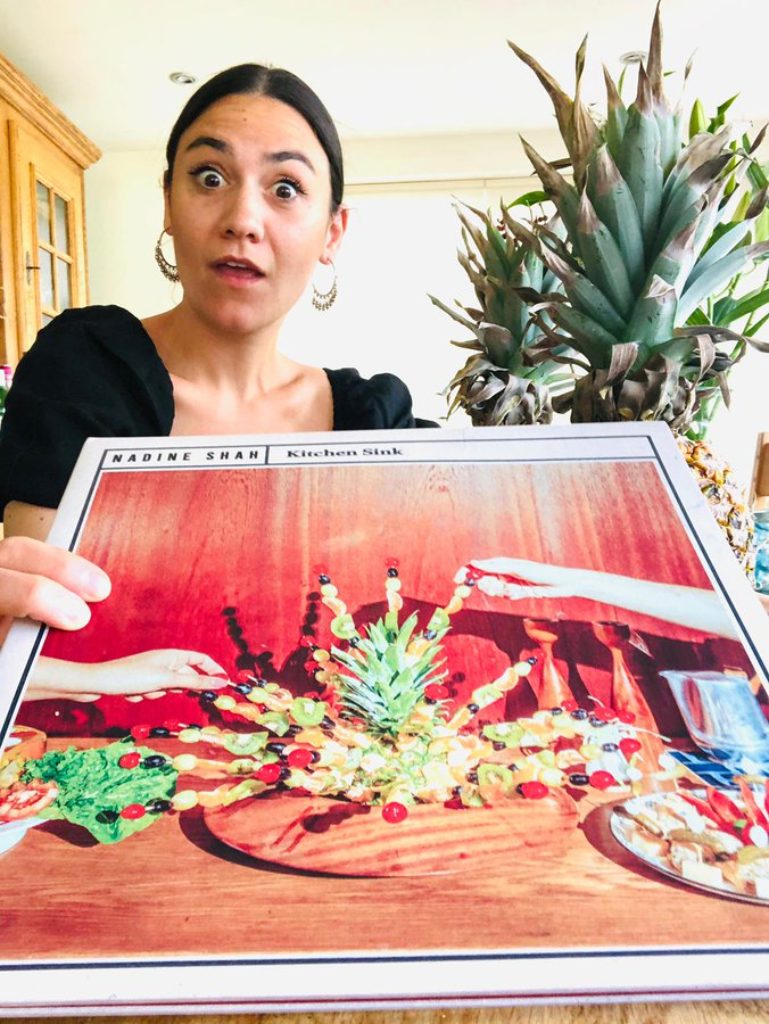
And they’ve taken their plight to Parliament in an effort to get resolution. Savage tells the story of musician Nadine Shah (pictured right) who “has been forced to move back in with her parents” due to insufficient earnings from streaming. (As other Millennials might remind her, join the club.)
It is undeniably difficult for new, emerging artists to break out under the shroud of the pandemic. But some of the proposed remedies that attempt to even out the music streaming playing field coming out of the UK are creative, but patently absurd.
It turns out that in 2019, three of the country’s top 10 best-selling albums were greatest hits compilations by Queen, Elton John, and Fleetwood Mac – artists old enough to be Natalie Shah’s grandparents.
David Joseph, CEO of Universal Music UK, offered up a novel suggestion that would help more obscure artists like Shah: streaming services might institute a user-centric royalty where if you listened to an emerging artist like Shah during any given month, “your entire subscription fee would go directly to her,” rather than to Elton John or Adele.
Something tells me that concept won’t fly.
From the beginning of recorded music history, new artists have had to hack it out against established stars. Clearly, COVID exacerbates this battle, but today’s future hit-makers and emerging artists have always had to compete against behemoths that offer familiar music – and memories – from the past.
The problem during COVID has been exacerbated by so many artists sitting on the sideline, waiting to release their next project until the pandemic dies out. In retrospect, you have to question that logic because being holed up at home is the perfect environment for music discovery and appreciation.
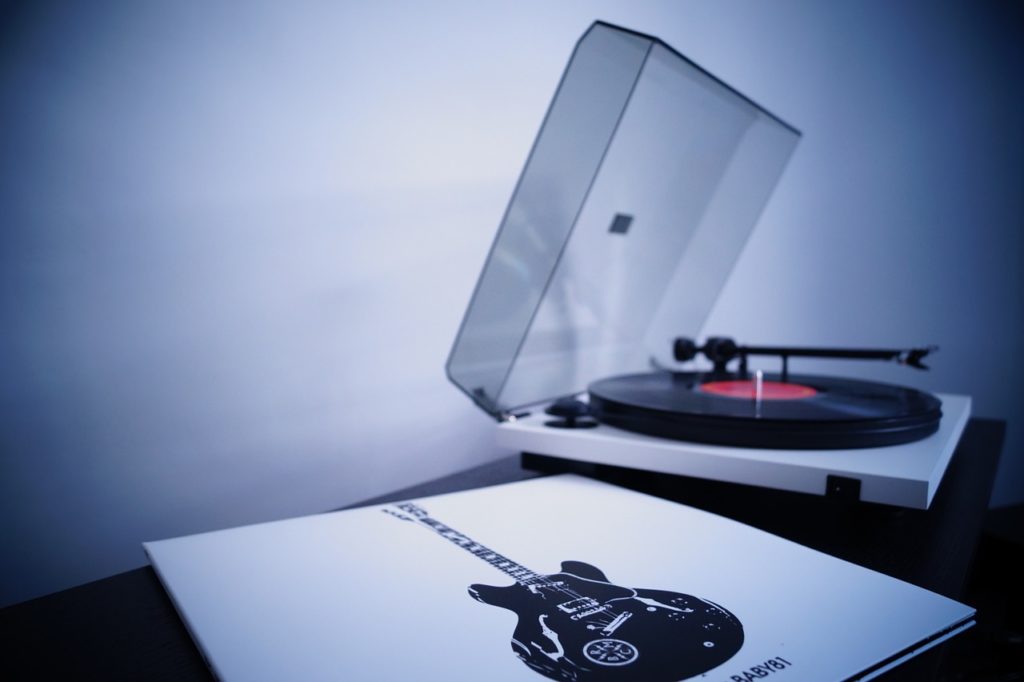
How else would you explain the observations by Julian Chokkattu, a writer for Wired who penned an insightful first-person essay last month about the tactile joys of intentionally listening to an album (both sides), rather than random songs on a Spotify playlist. Consider his quote about the enjoyment of albums played on a turntable:
“Music quality isn’t why I’ve been so enamored by this new hobby. It’s that physical experience of using a turntable; the sensation of the soft crackle before a track begins; along with finding, curating, and seeing a stack of records grow in my media console that’s made the most dramatic impact.”
It’s not just a handful. At the same time Boharik was enjoying a Ray Charles album, the Consequence of Sound shared Billboard data revealing more 1.8 million albums were sold in the U.S. during the week before Christmas – the all-time record since Nielsen/MRC Data started tracking this stuff. Previous records were set during the prior weeks of December last year.
During that record-setting week, the top-selling vinyl album was Paul McCartney’s new masterwork, III. It sold 32,000 units, making it the biggest selling vinyl record in nearly three decades. Sorry, Nadine.
Radio still plays a starring role in the airplay/sales equation. But discovering great music has been made more complicated by fragmented exposure due in large part of having a multitude of disparate distribution outlets. Even in the ’90s, an artist either had radio play or went home. Today, there are lots of places where new music is being exposed. It’s just become arduous to amass enough critical mass exposure to make a living.
Today, broadcast radio isn’t what it used to be, but still remains essential for success. Airplay from streaming services, YouTube, or satellite radio play a role, as does music featured in movies, TV shows, and in newer sources like TikTok videos. Programmers can learn a great deal about the music and how it is being enjoyed by fans on different platforms.
That’s a far cry from calling record stores every Monday, and conducting crude callout research among small samples of listeners – two of the most popular tools for gauging hits back in the Cro-Magnon era when I last programmed.
Today, the science – and art – of finding hits is a topic of conversation, especially in the age of COVID when new music has wilted. Or has it?

This is a topic that’s been popular the past couple weeks in The Sands Report, the trade publication devoted to Alternative radio. Richard Sands queried a number of luminaries from the programming community, pondering where hits are coming from and how to find them.
On the one hand, modern tools like tracking Shazam histories can be telling, but not necessarily indicative of whether an emerging song might actually go on to become a hit. Ultimately, some of Richard’s questions – especially this one – merit conversation:
How Can The Format Do A Better Job Building Artists?
He’s talking ALT, of course. But that’s a big question, because artist centricity is a big reason why music formats have always had legs. The audience (and radio) helps establishes its “Mt. Rushmore Artists.” And radio programmers and music directors respond accordingly when new music is released by a core band or one comes to town to play a concert – or two.
Makes sense, right? Until it doesn’t.
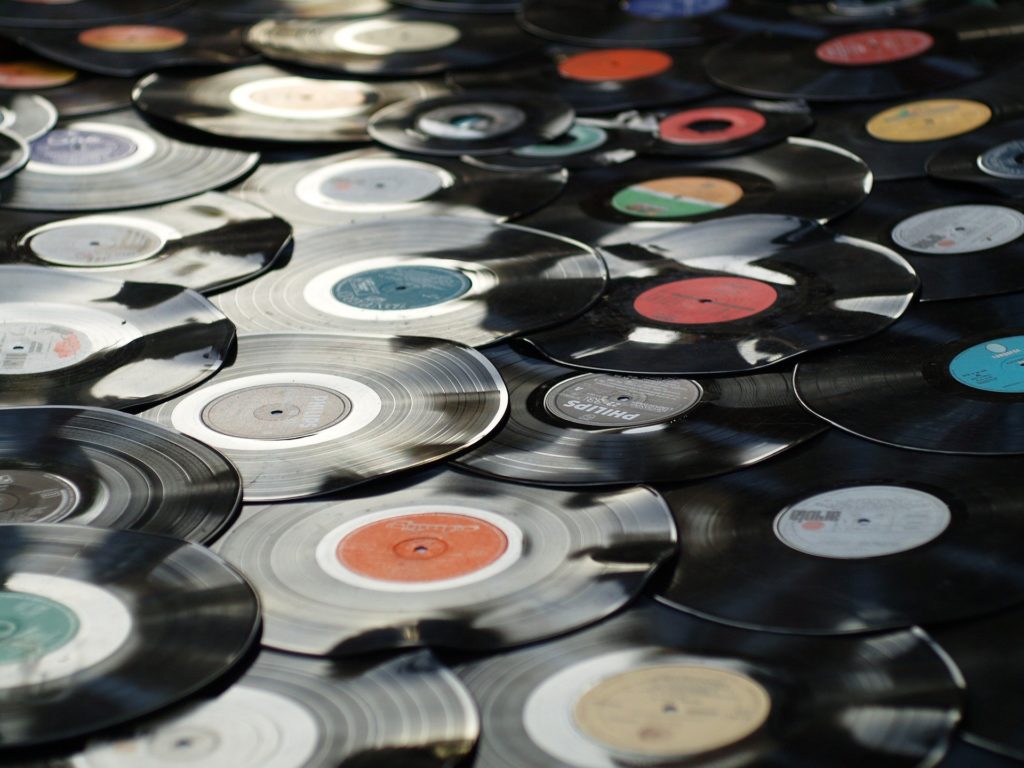
Without albums, it is downright difficult for artists to establish strong, reliable bases of loyalty and scale. We now live in a world of singles, of one-offs, where it becomes daunting for artists to gain any level of long-term fan traction.
Back in the ’60s and ’70s when a whole new roster of great artists established their franchises, they had a body of work from which to draw; catalogues of music to be enjoyed by new fans and old stalwarts alike. Album art and liner notes illuminated the bond, creating deep connections between artists and fans.
You got “into” a band. You talked up an album. Consumers were promoters – and not because they were paid to “influence” tastes.
Today, there are no albums. And thus, loyalty becomes transient. It is about songs – not artists. And that makes radio programming a much more dangerous profession.
That’s when I started thinking about how streaming and song skipping have changed the way real people enjoy music, and the crying need for radio’s remaining PDs to educate themselves on the myriad ways music is being consumed in this millennium.
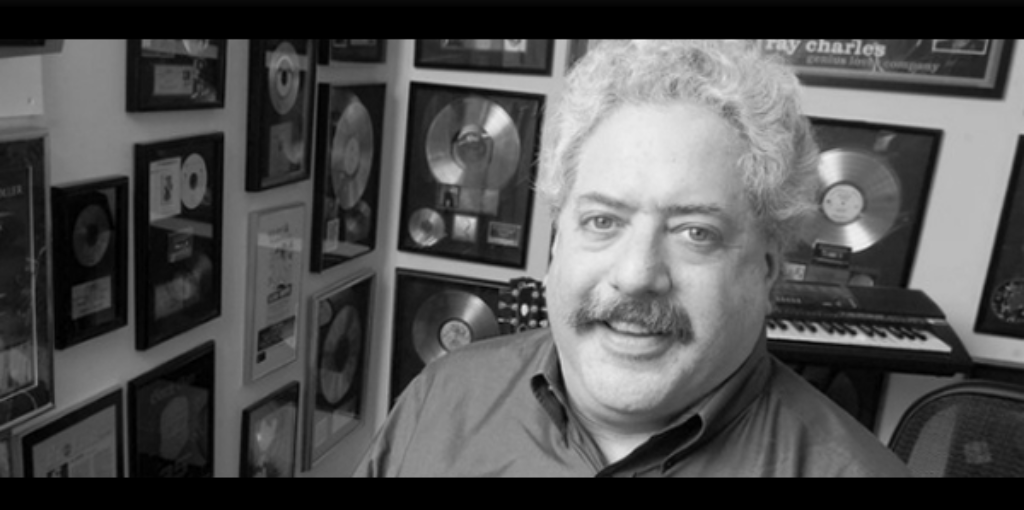
And I flashed back to Lee Abrams (pictured left), and his visionary Superstars rock format from the ’70s that changed the sound of radio, as well as shaping music tastes for decades.
One thing that hasn’t changed about the world of labels is that hit singles are chosen based on a variety of factors, some sensible and some irrational.
And aside from that first release, programmers were tasked with finding other great tracks on the same album that might be as good as – if not better than – the single.
Abrams came up with a novel way to figure this out – or at least to derive important clues.
He placed simple cards in record stores in his client markets like the one you see below. Every time someone bought an album, they were asked to fill one of them out.
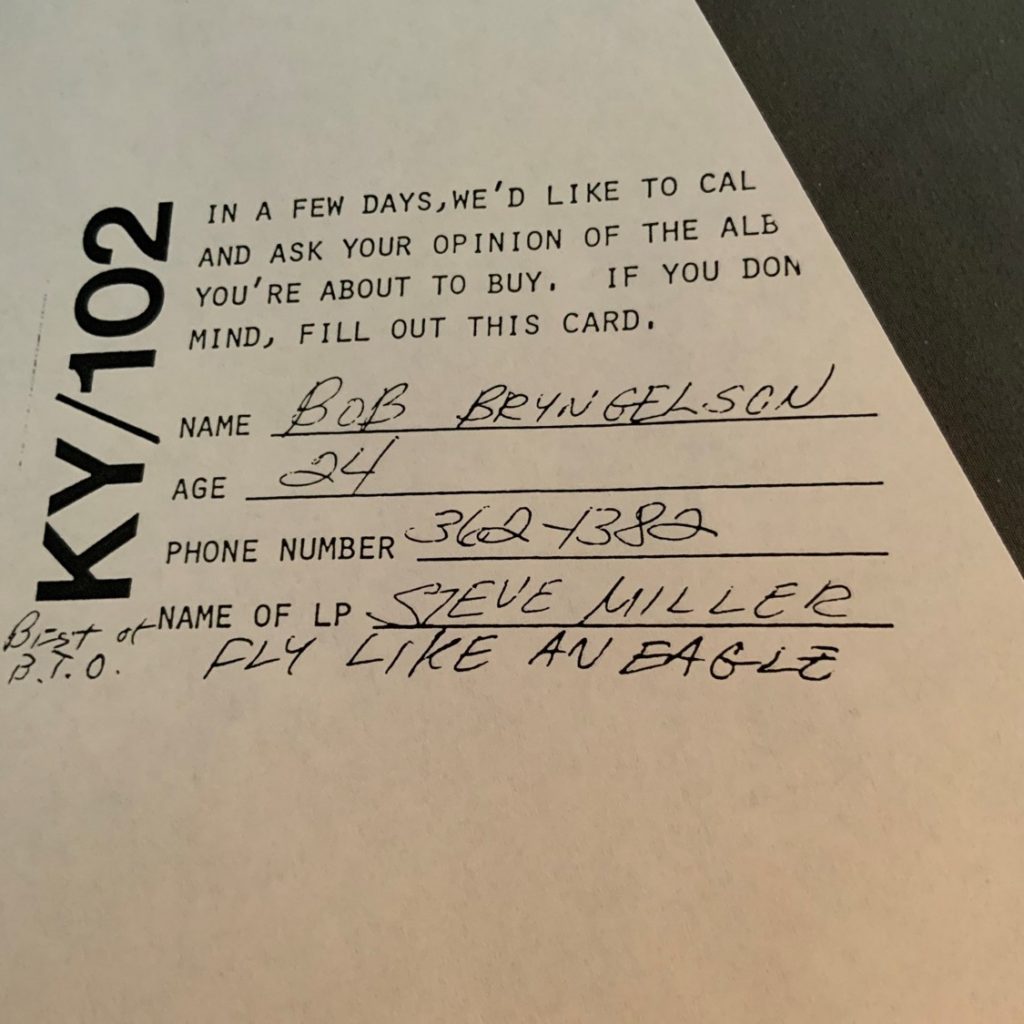
A phone call back to these album buyers revealed important patterns in determining secondary and tertiary hits, because back then, most people listened to entire albums – again and again and again. Who better to pinpoint other great songs from these collections than people who invested a few bucks in those albums to begin with. Given the cover-to-cover way in which just about everyone listened to vinyl records, these buyers were in a position to become “tastemakers.”
You might look at a system like this and conclude that it’s crude and certainly not “scalable.” But what it did provide was a window into the mindset of the audience. Lee told me the cards became a reliable way to determine whether an “artist’s buyers were our listeners.” The system also made it possible to identify people who developed a track record for picking hits from the album.
And it spoke to the need of programmers to find a way to tap into the hearts and souls of consumers, even if you have to resort to nontraditional ways of doing it.
As counter-intuitive as it may seem, I wonder whether yesterday’s programmers actually had a better bead on music tastes, thanks to analog tools like vinyl records, turntables, and little cards at record stores.
Will new music find its footing, post-pandemic?
Will radio programmers develop new and better ways to track tastes and consumption?
Is this return to vinyl just a momentary blip on the musical radar screen?
Stay tuned.
You can learn more about Lee Abrams and what he’s thinking about here.
—
Fred Jacobs: President & Founder at Jacobs MediaFred Jacobs founded Jacobs Media in 1983, and quickly became known for the creation of the Classic Rock radio format.
Jacobs Media has consistently walked the walk in the digital space, providing insights and guidance through its well-read national Techsurveys.
In 2008, jacapps was launched – a mobile apps company that has designed and built more than 1,300 apps for both the Apple and Android platforms. In 2013, the DASH Conference was created – a mashup of radio and automotive, designed to foster better understanding of the “connected car” and its impact.
Along with providing the creative and intellectual direction for the company, Fred consults many of Jacobs Media’s commercial and public radio clients, in addition to media brands looking to thrive in the rapidly changing tech environment.
Fred was inducted into the National Radio Hall of Fame in 2018.
It seems to me that there is no need to try to compete, because the music is all different and very creative. By the way, when I was just starting to study music, I got to this site https://graduateway.com/essay-examples/creative/ when I was preparing for classes and read a lot of useful things there. For example, in these essay examples were about the fact that the music is different and the audience is different, so there is no need to compare them.
I’m going to sign up for guitar lessons. Unfortunately, I couldn’t combine it with my studies. Therefore, my friends advised me to look at the reviews https://www.topwritersreview.com/reviews/ineedessayhelp/ and find experts who would help me correct my inaccuracies. After that, I partially became freer and I don’t have to sit for days at a dissertation or essay.